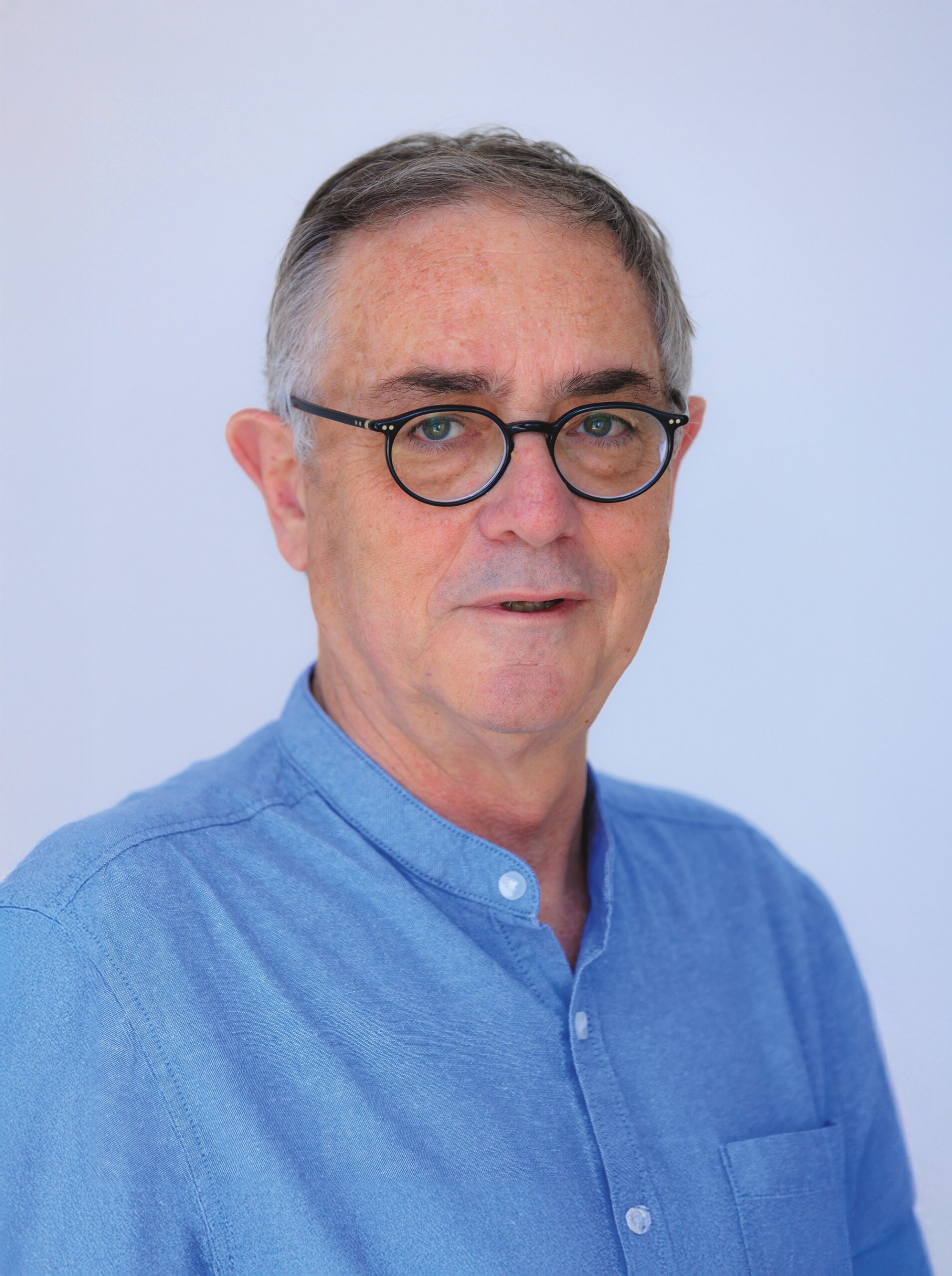
Rabbi Meir Azari
Text: Rabbi Meir Azari; Photo: Archive
Beautiful and unique, Prague justly attracts millions of tourists from around the globe. The grey city’s towers, charming streets, and cultural treasures make Prague one of the world’s most visited cities. Visitors to the city are unlikely to miss two figures that gaze out at almost every turn: Kafka and the mythical figure of the Golem. In an era in search of icons and symbols, the two have become an inseparable part of the city. To a large extent, they tell the story of Prague’s Jewish community, old and new.
As early as 965, the Jewish traveller Avraham ben Yaacov mentioned a Jewish presence in Prague. Although the community suffered from the Crusades, pogroms, plagues, and expulsions, it returned and reestablished itself in the city, deepening its roots. Visitors to the old Jewish cemetery in the centre of the Jewish Quarter can gain a physical sense of these roots through the successive layers of graves from different periods, stacked on top of each other.
The Jews of Prague worked hard to integrate into the city. They established factories, engaged in commerce, and helped defend the city against its attackers, including the Swedes, the French, and many others.
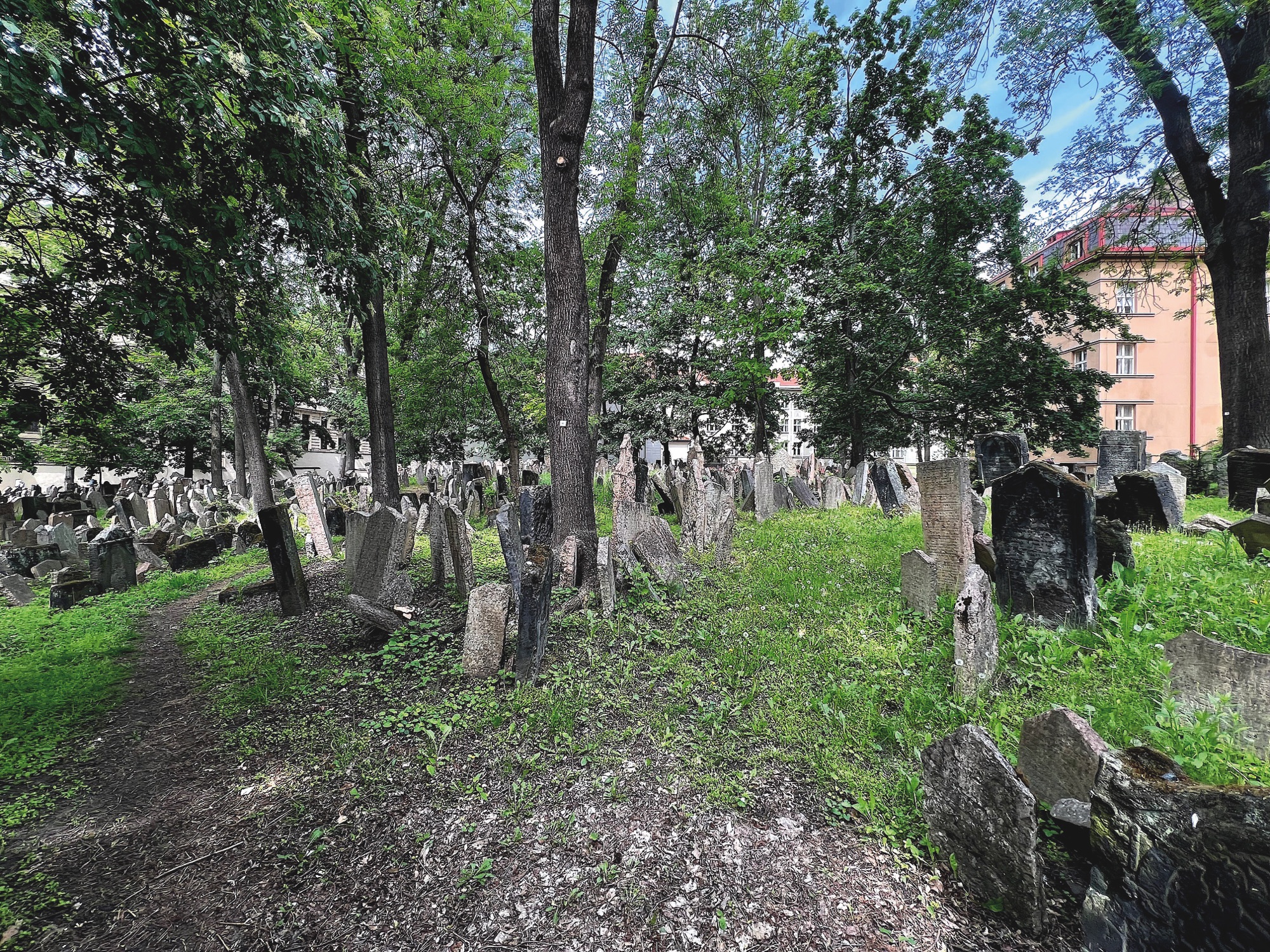
Old Jewish Cemetary

Emperor Joseph II invited the Jews expelled by Maria Theresa to return to the city, thereby renewing its Jewish community. This period saw a return to a golden age, arguably equalling that of the reign of Emperor Charles IV.
The synagogues scattered throughout the city are evidence of the resilient and innovative Jewish life that flourished in Prague.
Since then, in some of the city’s synagogues, rabbis for the first time delivered sermons and interpretations of the Torah reading in languages other than Hebrew and Yiddish.
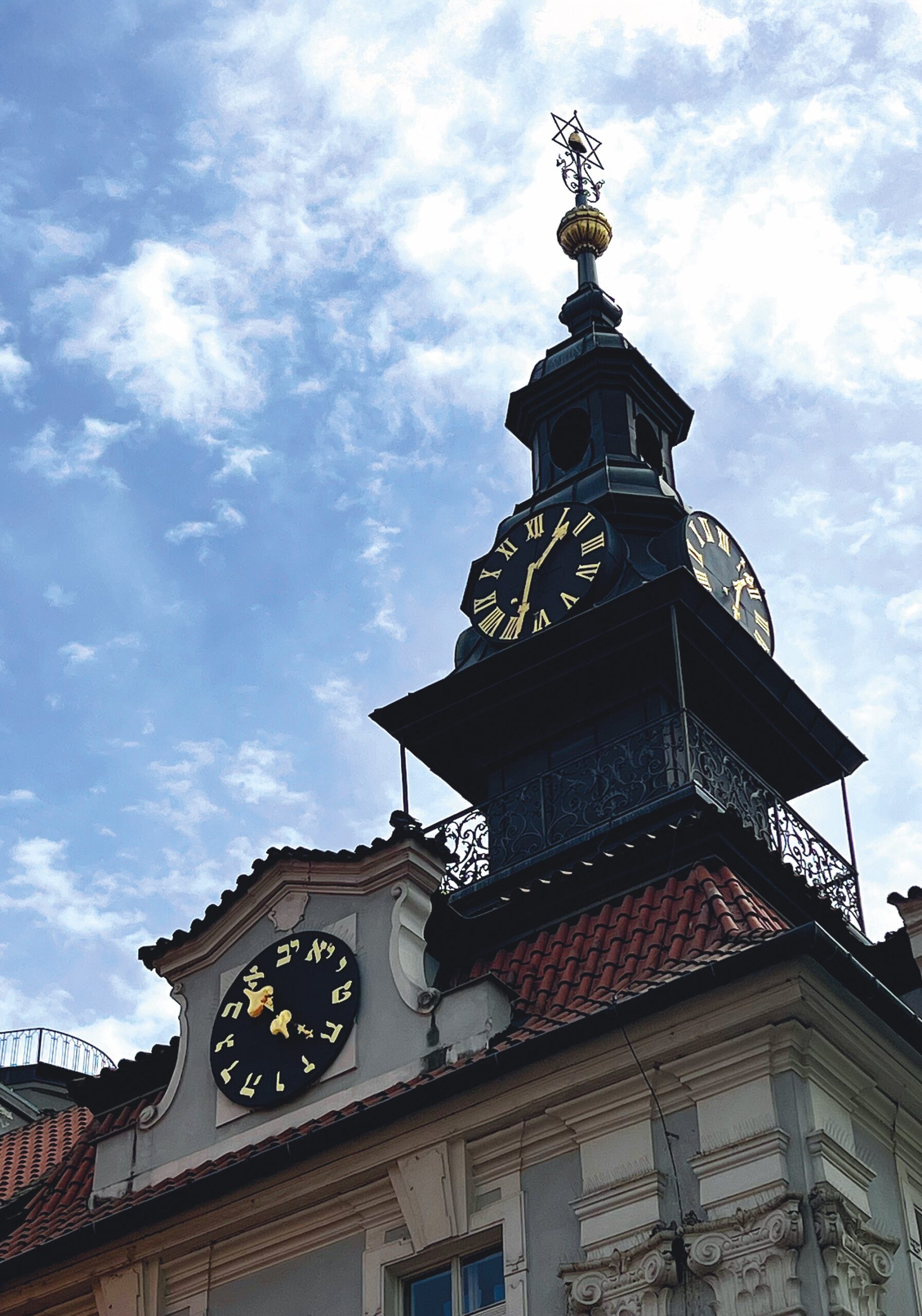
While, on one hand, there are still some that prefer a rigid model for Jewish existence, on the other hand Prague is developing a strong and growing liberal Jewish community. Some of the synagogues include musical instruments and choirs in their services – something that was once regarded as a hallmark of innovation and liberalism.
One of the trailblazers of the transformation in world Jewry in the modern era was Rabbi Isaac Meir Wise, who was ordained in Prague. Wise founded the Reform movement in North America, the largest organization in the Jewish world today. From here on, the Jewish experience would not only examine questions of faith and religious observance but also offer a vision that seeks to place the human at the centre. The voice of Judaism that emerged in the modern era sought to return to the voice of ancient Jewish prophecy, with its demand for social justice, compassion, and the protection of the weak against the tyranny of the majority and the ruling powers.
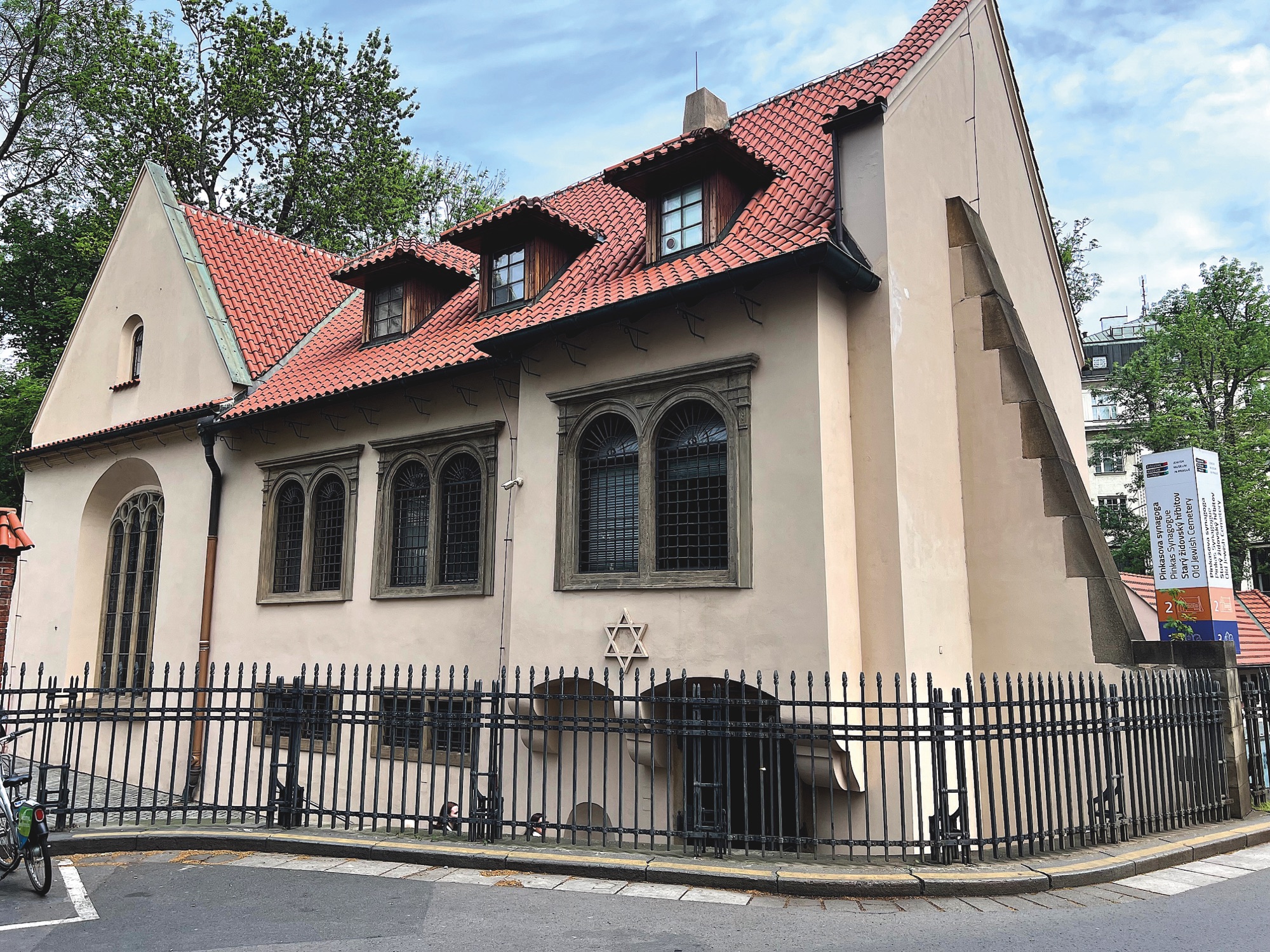
Pinkas Synagogue
According to legend, the remains of the Golem created by the Maharal of Prague to protect the city’s Jews are buried in the Altneuschul. Today, many of the Jews who visit the synagogue seek to blend their Judaism with the modern world. Modernity and the Enlightenment sparked a revolution in the Jewish world, and this was also evident among the Jews of Prague and Bohemia.
Kafka, one of the city’s heroes, lived this complexity. On the one hand, modernity and the changing world challenged all those who were seeking their way in life; on the other, Kafka found the Jewish religious world dim. The Jewish community, which had provided support for so many over the generations, did not offer him a warm home. The Zionism that was awakening in the new Europe attracted him, and he even attended one of the Zionist Congresses that drew Jewish leaders from all over the world to the city. However, Zionism was evidently insufficient to extricate him from the maze of his life. The main body of his work, published posthumously, highlighted his longing to see humans outgrow the bonds that confine them. In the modern era, the anxiety, loneliness, shame, and human weakness Kafka described now encounter voices of hope and human strength that – despite the difficulties – seek to rise from Judaism’s ancient voice.
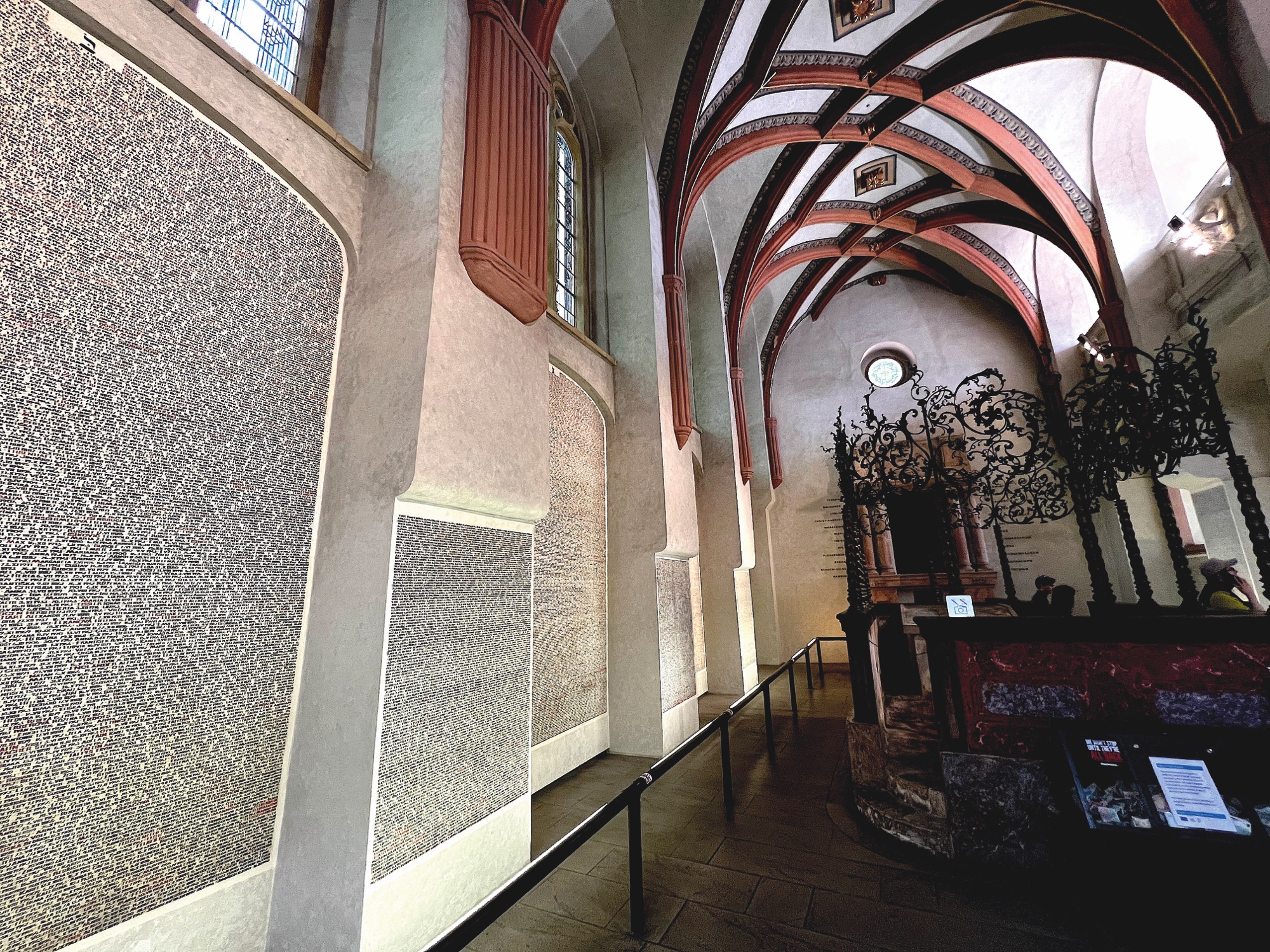
Inside Pinkas Synagogue
The writings of the author of The Castle, The Metamorphosis, and The Trial are far removed from Judaism, yet they, too, stem from this ancient voice. In a letter to a friend, Kafka discussed the challenge of Judaism in the modern era:
“With their back legs they stuck fast to the Judaism of their fathers, and with their front legs they found no new ground. The resulting despair became their source of inspiration.”
Today, too, Prague invites us to study and respect its past and its complexities, and to seek out the best of humanity in order to build a flourishing future. This is a beautiful city that produced diverse voices of human hope that advocated justice for human beings and coexistence in a divisive and challenging world. These voices remain part of Prague’s unique character in the modern era.
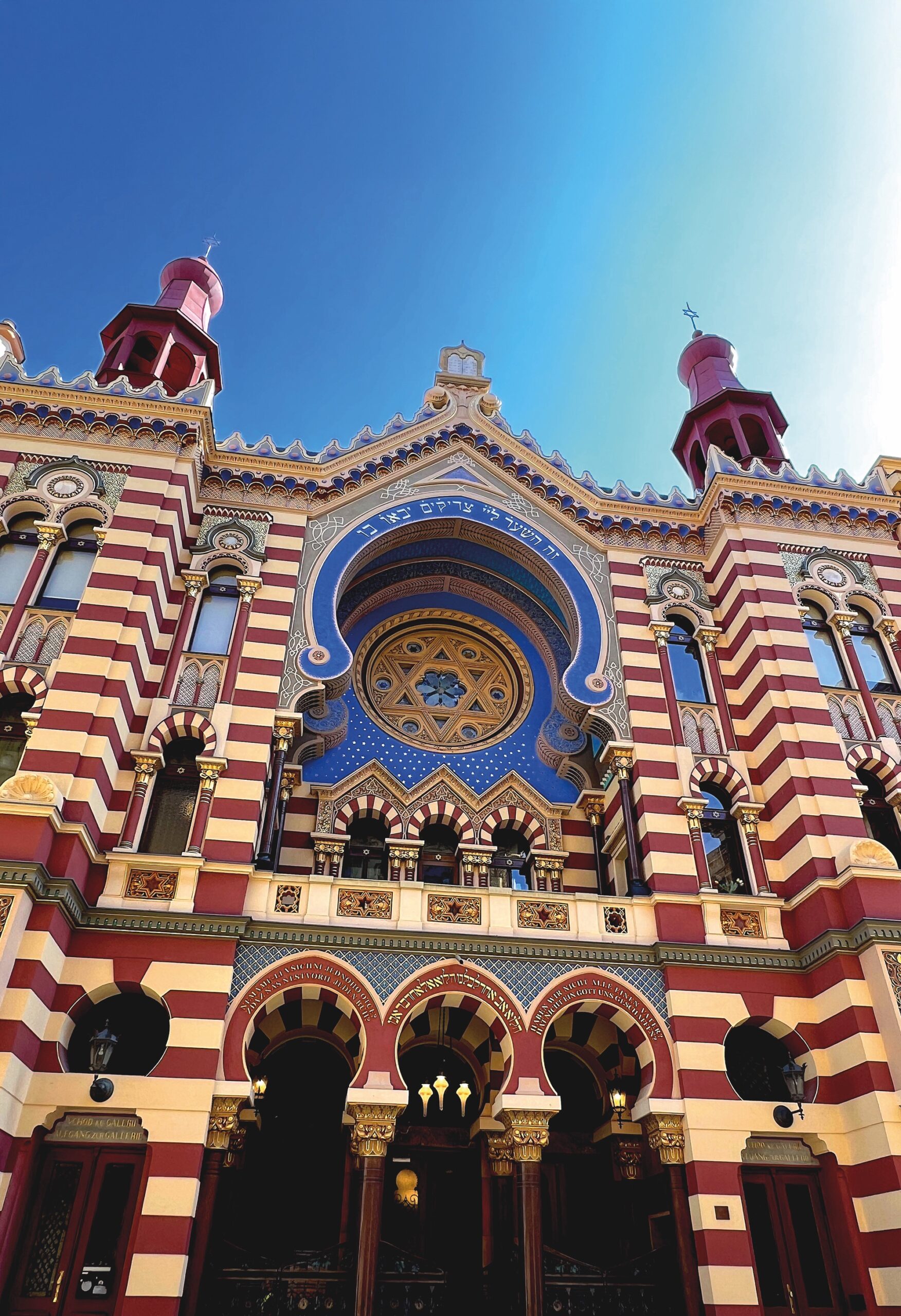
Jerusalemka Synagogue

